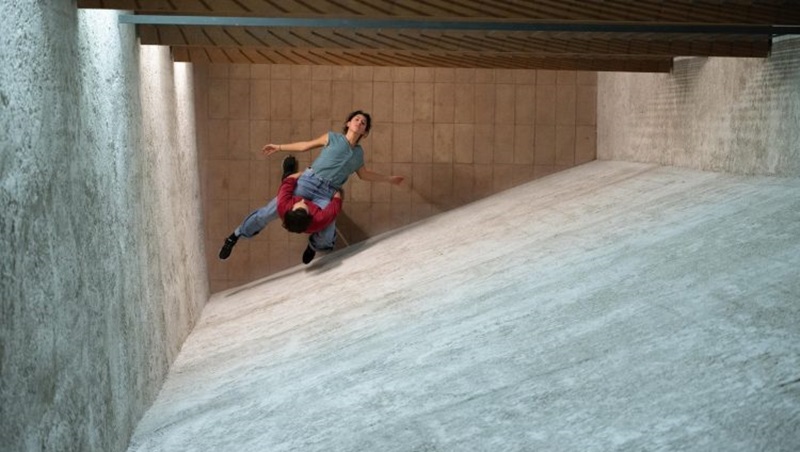The beloved Peter Hartmann once again denounces the vile murder of a tree in the pentagonal square of Coyhaique. A tree that was more than 50 years old in the place, it seems that it had the bad idea to move right where the professional designed a sidewalk. The tree whose roots grow underground had the bad idea of damaging the level of the sidewalk with its shallow roots.
After reading several comments in defense of the tree and others in defense of the advancement of “modernization” projects in the main square, he gives us the opportunity to analyze this conflict from a critique of modernism.
For modernism, public space is a private place, what a contradiction! Well specifically, it is a different place from private space, but property public (state) domain and public use. In this case, it is the State that defines, through public institutions and public officials, what can or cannot be done in public space. What does it have to do with our martyr tree? We will get to the point.
Prior to modern states, there were places that by custom belonged to the entire community (not to the state, to the community). In these so-called “common” spaces, the kings and feudal lords could not exercise dominion. In them, the community was allowed to do all the activities that the community itself defined by custom. In general, they could hunt, gather fruits, wood, water, fuel, drive away wild beasts etc. In these common spaces, each individual, who belonged to the community, could use and enjoy the “commons” for the benefit of his family and the community.
“Each society produces its space” (Henry Lefebvre), thus feudal society produced the “commons”, of communal property and modern society produced “public spaces” of public (state) property.
In these modern public spaces, it is only allowed to do what the State, through public institutions and public officials allow. Spontaneous public events, public demonstrations, street vendors, singers and street performers, etc. are prohibited.
Well, our vegetable victim was not allowed to obstruct a sidewalk, much less damage the neat level of the polished cement, even though this tree has made customary use of that place for more than 50 years. He was not allowed to live and continue to be part of the collective imagination of the Coyhaiquinos, a community that in their defense remembered their shadow, the nesting of bandurrias or the occasional mischief of the students who generation after generation shared that place. Unfortunately, this tree was no longer part of the “common” spaces and of the community and it became part of a “public space” and was left to the discretion of public officials.
Just as today in Coyhaique a tree is eliminated for not obeying public space planning, in other public spaces street artists are killed for not obeying public officials, who must ensure that public spaces are only used that the State allows.
In this new Constitution, we expect fewer public spaces and more community spaces. Long live the street artists, long live Francisco Martínez.




:format(webp)/cloudfront-us-east-1.images.arcpublishing.com/grupoclarin/XM6EP3SM5REKNBOIXJSOCDCOOA.jpg)
